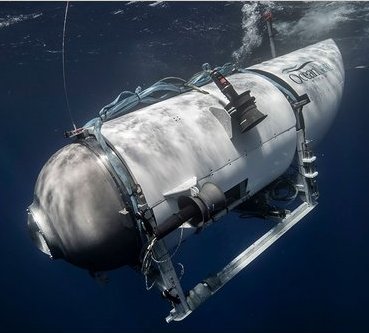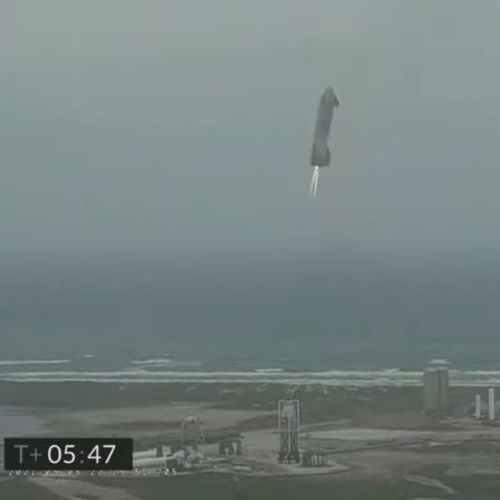Japan’s military tests using Starlink for communications
Japan’s Self-Defense Forces (SDF) have been testing since March the use of SpaceX’s Starlink constellation to augment that nation’s own geosynchronous communications satellites.
Japan’s Defense Ministry signed a contract with an agent that provides SpaceX’s services to equip units of the Air, Ground and Maritime SDF with Starlink antennas and other communication devices. The SDF has been using the service at about 10 locations, including bases and camps, to verify whether there are any operational issues.
The ministry currently has two of its own X-band communication satellites in geostationary orbit about 36,000 kilometers above Earth for SDF units to use. The Starlink deal marks the first time the SDF is using a private-sector satellite constellation in low orbit.
An agreement with another company that provides a similar service will be concluded during the current fiscal year. [emphasis mine]
The goal is to provide Japan redundant communications capabilities in case China or Russia — both of which have become more aggressive militarily in the past few years — attempt to take out its own satellites. The highlighted sentence strongly suggests a deal with OneWeb is also being negotiated.
Japan’s Self-Defense Forces (SDF) have been testing since March the use of SpaceX’s Starlink constellation to augment that nation’s own geosynchronous communications satellites.
Japan’s Defense Ministry signed a contract with an agent that provides SpaceX’s services to equip units of the Air, Ground and Maritime SDF with Starlink antennas and other communication devices. The SDF has been using the service at about 10 locations, including bases and camps, to verify whether there are any operational issues.
The ministry currently has two of its own X-band communication satellites in geostationary orbit about 36,000 kilometers above Earth for SDF units to use. The Starlink deal marks the first time the SDF is using a private-sector satellite constellation in low orbit.
An agreement with another company that provides a similar service will be concluded during the current fiscal year. [emphasis mine]
The goal is to provide Japan redundant communications capabilities in case China or Russia — both of which have become more aggressive militarily in the past few years — attempt to take out its own satellites. The highlighted sentence strongly suggests a deal with OneWeb is also being negotiated.






